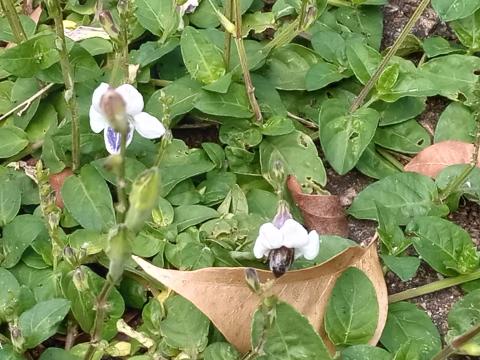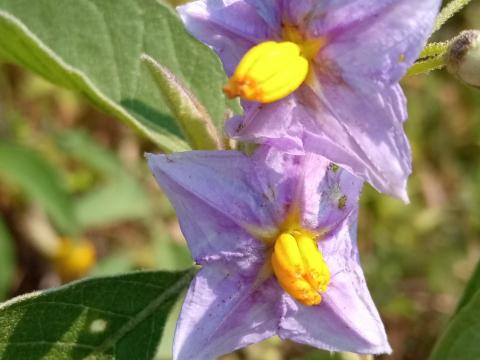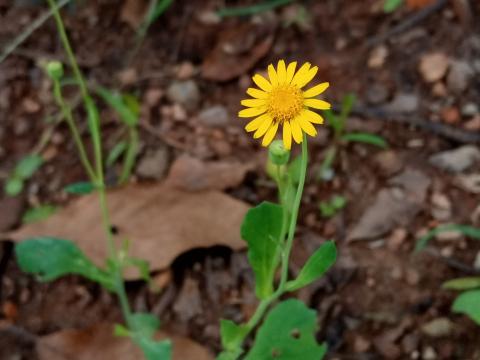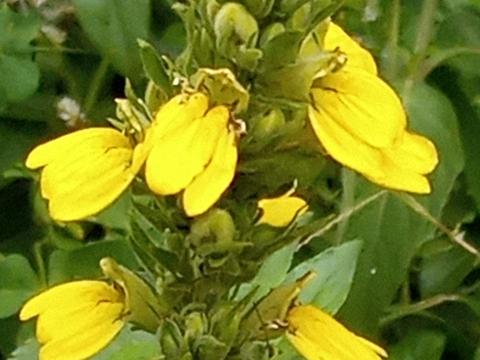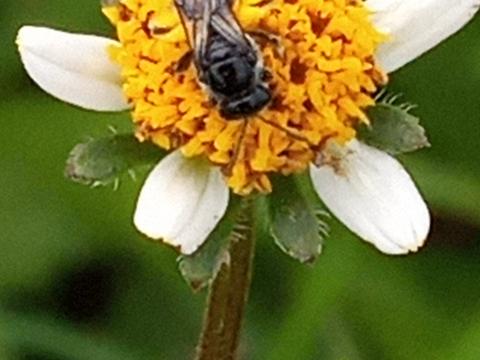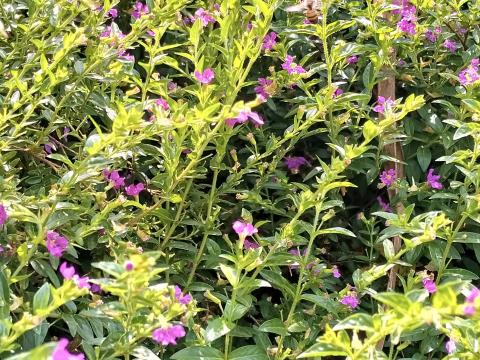Maintain patches or borders of flowering wild plants in and around your gardens. Bees depend on these for food and shelter. Wild plants protect and feed bees.
When crops flower, bees move from these patches and borders into the crops to pollinate them.
These are pictures of some examples of wild plants that are common in Uganda's agricultural landscapes.
